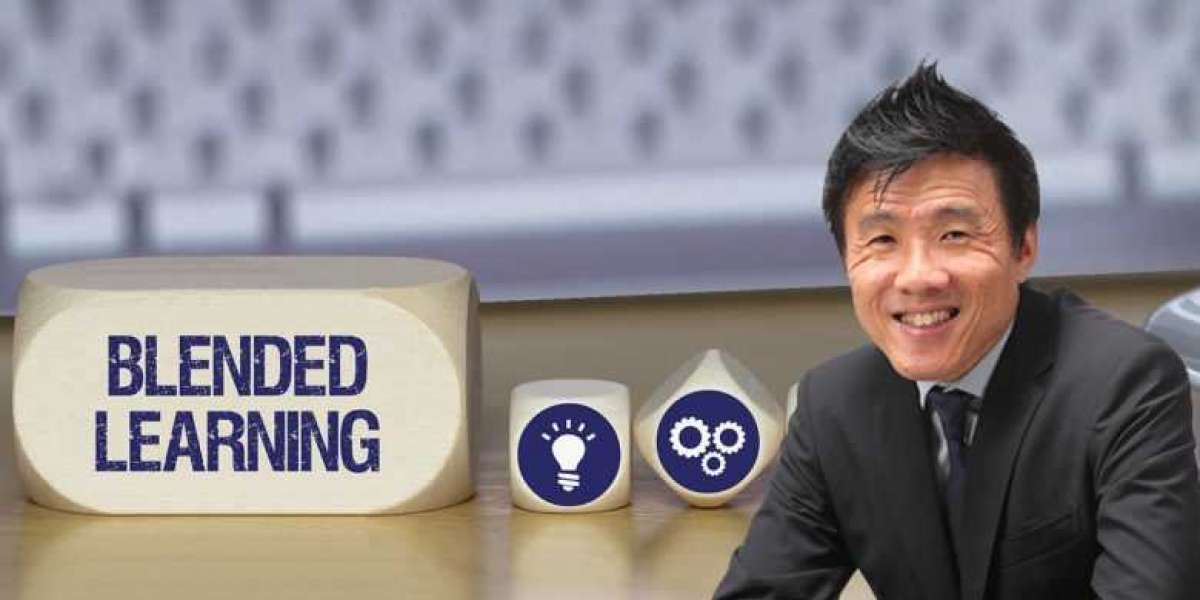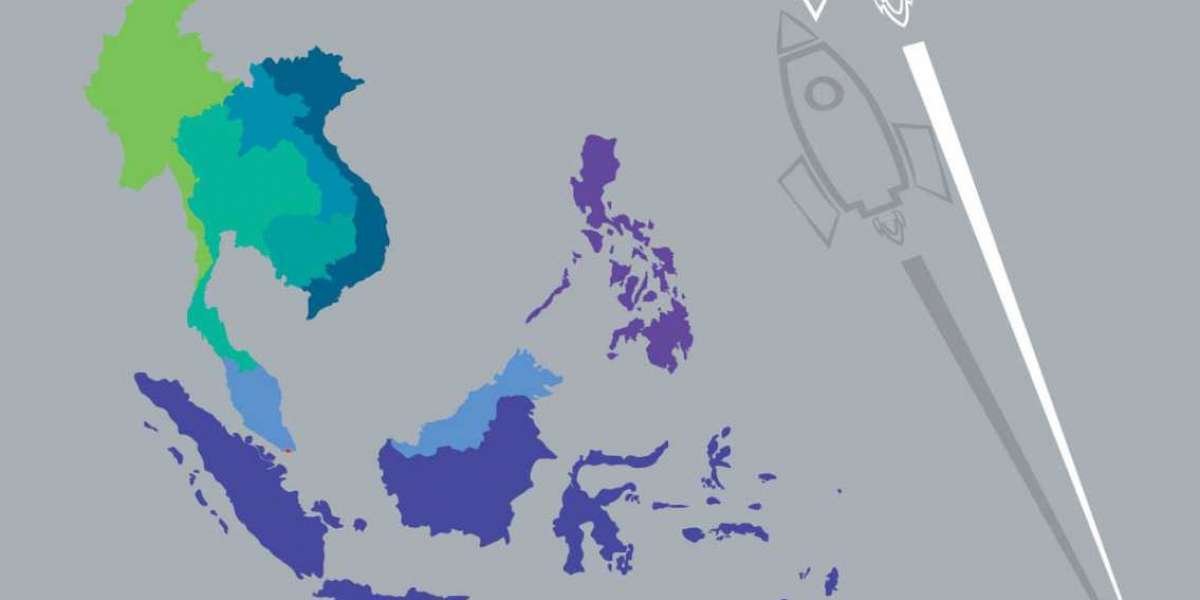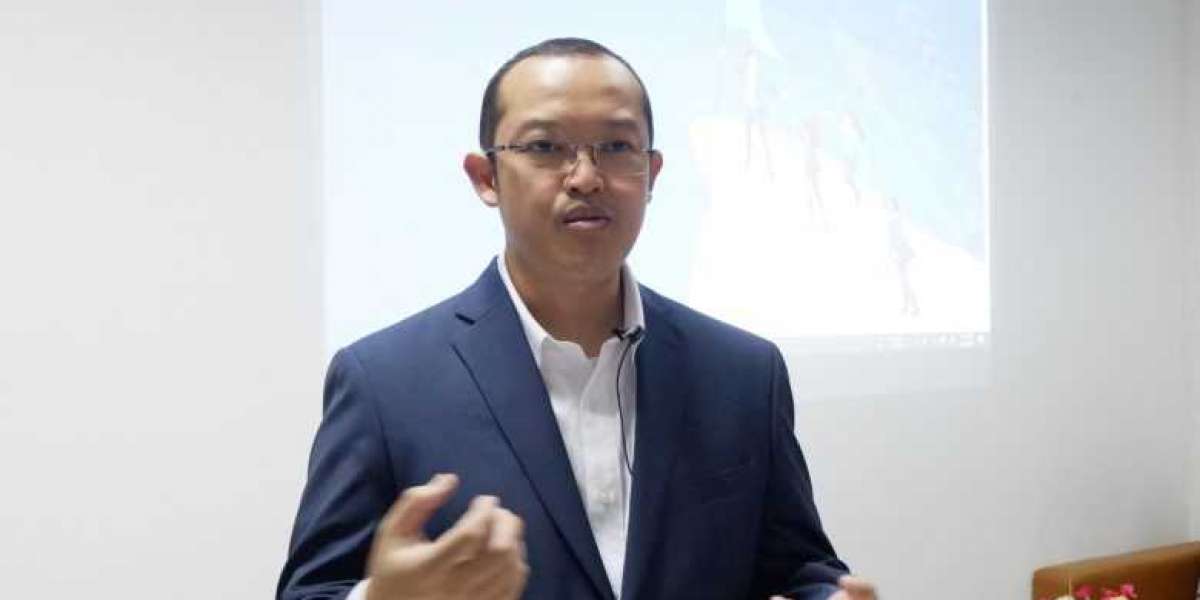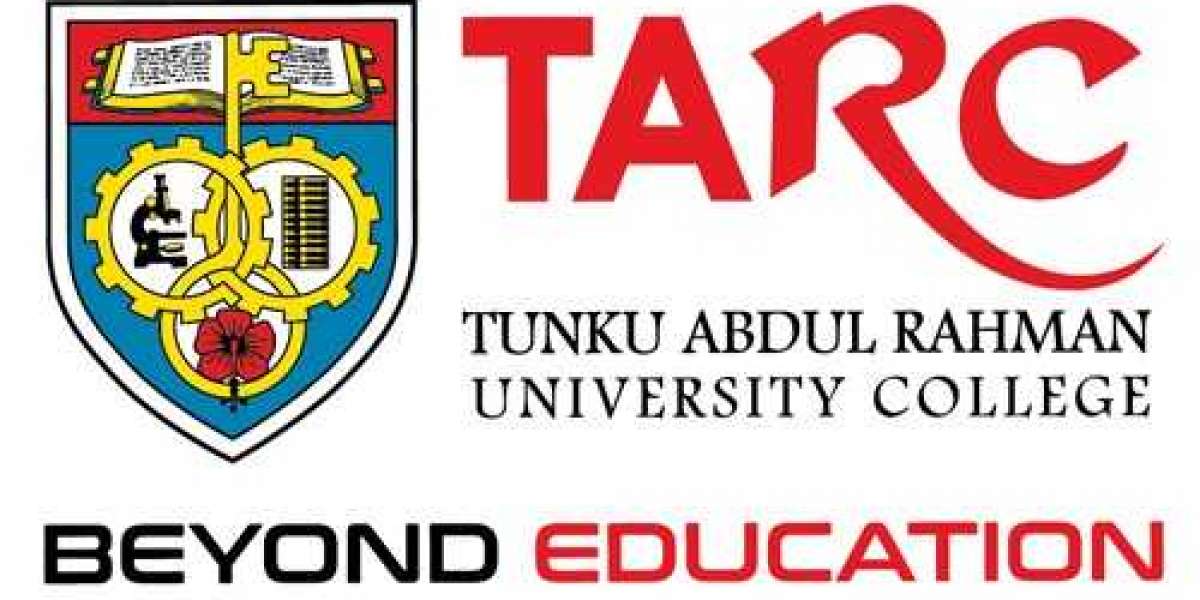Research by Professor Lim Cher Ping, Chair Professor of Learning Technologies and Innovation at The Education University of Hong Kong, has significantly contributed to pedagogical and technological innovations in higher education institutions (HEIs), especially in the Asia-Pacific region. He has developed a framework for HEIs to drive and support blended learning to improve access to quality higher education. The framework has been disseminated by UNESCO (Asia-Pacific) to ministries of education and HEIs in Asia-Pacific countries. It has been adopted and implemented by ministries and universities in Sri Lanka, Cambodia, South Korea, Mongolia and the mainland. The research has provided HEIs with a framework and self-assessment tool to analyse and revise their existing blended learning practices and policies to enhance student learning engagement and outcomes.
By adopting a sociocultural and historical perspective for mixed method case studies across different education settings, Professor Lim’s research has generated three key principles: (1) in information and communication technologies (ICT) -enabled learning environments, teachers are the key to organising activities for learning; (2) at the institutional or system level, a holistic approach has to be adopted by education leaders to drive and support ICT-enabled practices with the aim of improving access to quality education; and (3) given the pivotal roles of teachers and institutions in ICT-enabled learning environments, the capacity of those institutions, education leaders and teachers has to be built on. These key principles have generated more than 5,500 citations since 2001.
The above have laid the groundwork for Professor Lim’s applied research; first, the development of a framework for education institutions to adopt ICT for quality teaching and learning. The framework was later redeveloped to focus on the capacity building of HEIs to drive, sustain, and scale up their blended learning practices with eight strategic dimensions: vision and philosophy; curriculum; professional learning; learning support; infrastructure, facilities, resources and support; policy and institutional structure; partnerships; and research and evaluation.
A self-assessment tool for all eight dimensions was developed for the HEIs to conduct a needs and situation analysis of their existing state of blended learning. This allowed them to identify gaps and set targets for blended learning to better equip them to formulate and implement strategies for sustaining and scaling blended learning in their programmes and courses.
Professor Lim has won funding from UNESCO, international research organisations, education foundations and the University Grants Committee (UGC) of Hong Kong for his studies in blended and online learning. His framework was used in 2015 as an analytical lens to examine how nine universities in Australia, Malaysia, Singapore, South Korea, Thailand, and the mainland drove and supported blended learning based on the eight dimensions. The experiences of these universities were compiled in a book, published and disseminated by UNESCO and served as a policy advocacy and planning tool for educational ministries, policy organisations, and universities. The late Dr Gwang-Jo Kim, Director of UNESCO (Asia-Pacific), described the book as a “valuable approach” to achieve the United Nations’ Sustainable Development Goal 4 of equitable and inclusive quality education, and lifelong learning for all.
The framework was implemented by UNESCO International Centre for Higher Education Innovations (funded by Shenzhen Fund-In-Trust) at the Royal University of Phnom Penh (RUPP) in Cambodia and Colombo University in Sri Lanka. This implementation and partnership have led to the establishment of the Centre of Excellence for Higher Education Teaching and Learning Innovations at RUPP with the support of EdUHK under the World Bank Higher Education Improvement Project.
Professor Lim’s assessment tool has further enabled partnerships between RUPP and the provincial universities of Syay Rieng and Battambang. The tool allowed senior managers to identify their HEI’s existing capacity and provide the evidences to formulate a strategic plan for closing the urban-rural education quality gap across the three universities.
The framework was also disseminated by Professor Han Xibin of the Institute of Education, Tsinghua University, to more than 500 mainland Chinese partner HEIs, where it has met a positive response and helped students overcome challenges such as low literacy levels and low self-learning skills to achieve a 100% pass rate in a course after using blended learning. Professor Lim Cheolil from Seoul National University has also adopted the framework for use by Korean universities.
Professor Lim’s grassroots approach towards professional learning as part of the framework has had significant impact in Hong Kong as well, through his co-leadership of the UGC-funded Blended Online Learning Teaching (BOLT) project. In collaboration with four other local universities, the project has demonstrated its potential to achieve a paradigm shift in higher education teacher professional learning and the enhancement of learning and teaching in Hong Kong. Specifically, evaluation of participants in BOLT project demonstrated raised awareness of effective use of blended learning, and also higher competence development across ranges of technological, content, and pedagogical knowledge domains.
Professor Lim’s research on boosting equal access to quality education through blended learning was rated 4-star (outstanding impacts in terms of their reach and significance) in the recent Research Assessment Exercise 2020. To learn more about the impact case study, please click here.









